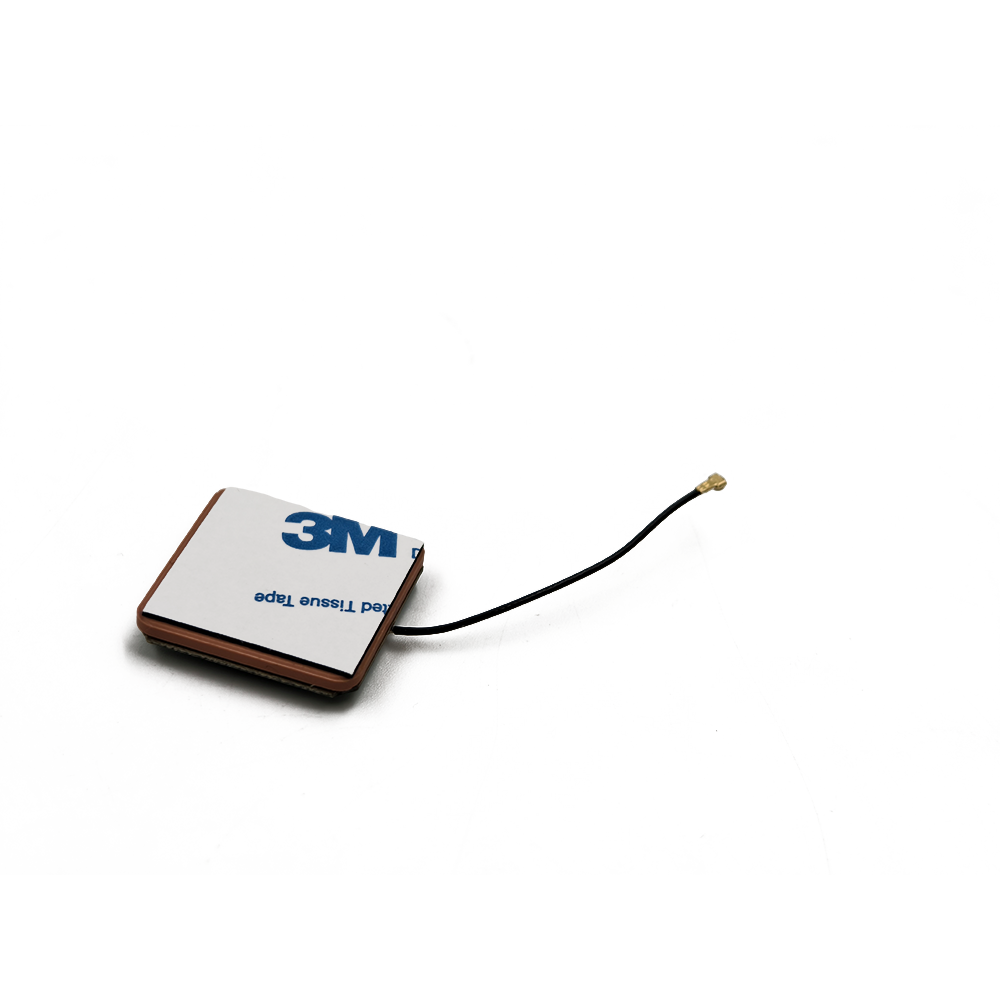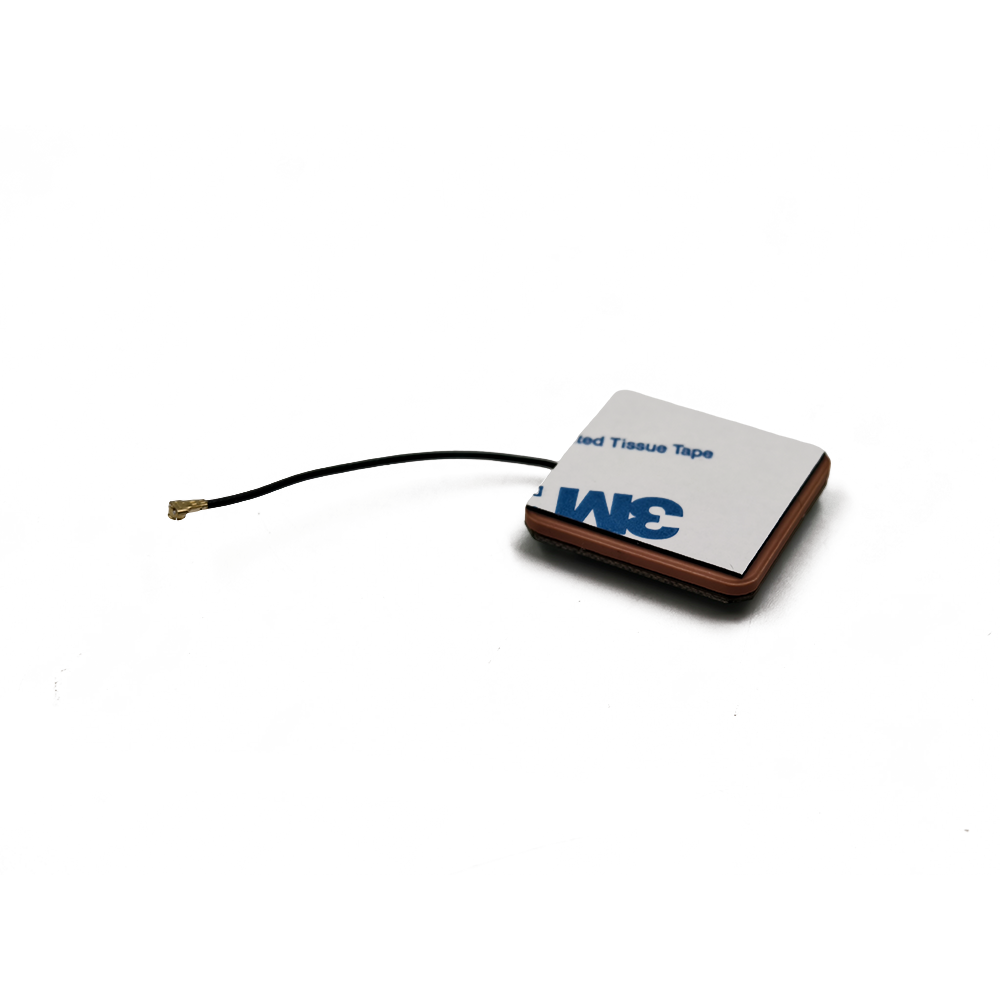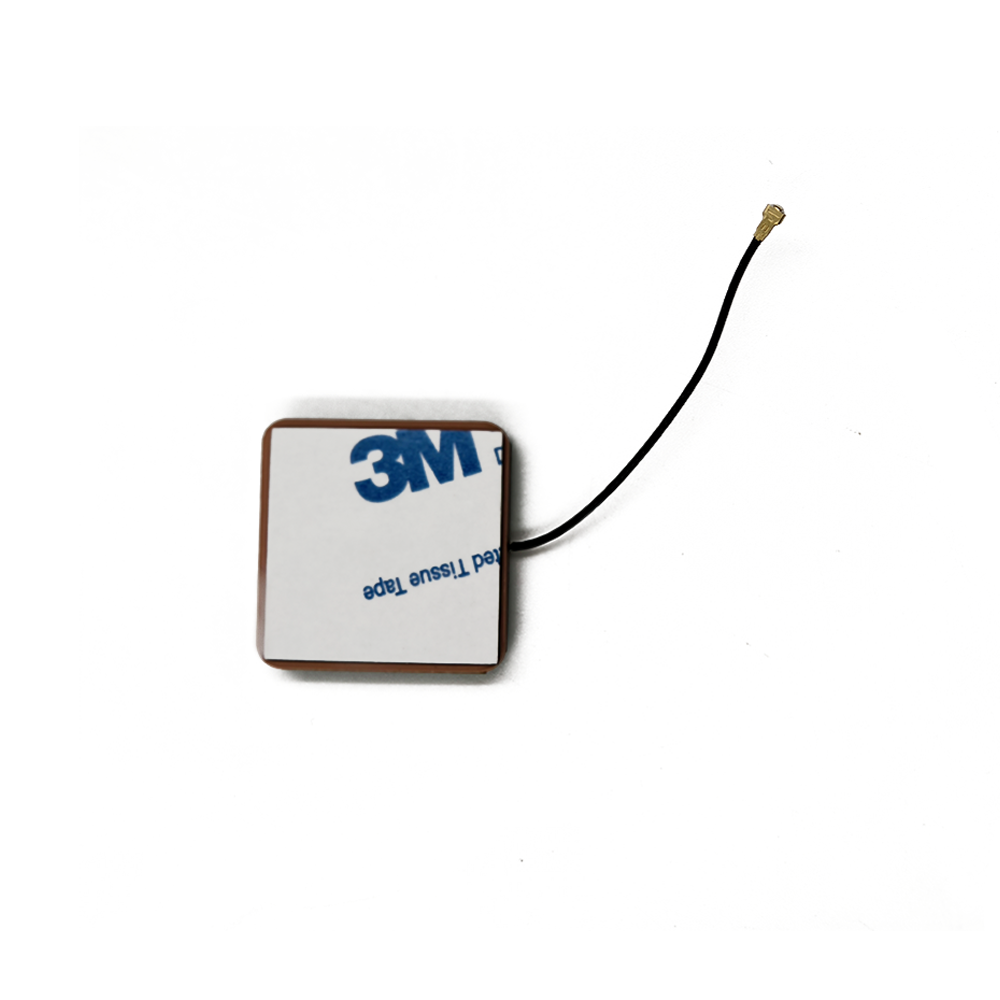The miniature GNSS ceramic patch antenna is the workhorse of modern mass-market positioning, enabling a breathtaking array of applications. Its evolution is tightly coupled with the trends in the devices it empowers.
Ubiquitous Applications:
Smartphones and Tablets: The primary application. It enables mapping, location-based services, geotagging, and emergency (E911/eCall) functionality.
Wearables: Fitness trackers and smartwatches use them to map runs, rides, and hikes without needing a connected phone.
Personal and Asset Trackers: Small GPS trackers for pets, vehicles, luggage, and high-value assets rely entirely on these tiny antennas.
Drones and Robotics: Used for basic positioning, navigation, and return-to-home functions in consumer and prosumer drones.
In-Vehicle Systems: Telematics units, emergency call systems (eCall), and in-car navigation often use ceramic patches for their reliability and low profile.
IoT and M2M: Any Internet of Things device that needs location awareness, from agricultural sensors to smart city infrastructure, utilizes this technology.
Future Trends:
Multi-Band/Multi-Constellation Support: As GNSS receivers evolve to use L1, L2, L5, E1, E5, and B1 signals from all constellations for better accuracy and robustness, antennas must keep pace. Future miniature designs will need to cover a wider bandwidth (from 1176 MHz to 1610 MHz) without increasing in size, driving innovation in wideband patch design.
Tighter Integration (AiP - Antenna-in-Package): The next frontier is moving the antenna from the PCB directly into the same semiconductor package as the GNSS receiver chip itself. This would eliminate the coaxial cable and its associated losses, further reduce size, and shield the connection from external noise. This is a major research and development focus.
Enhanced Filtering and Coexistence: Devices are getting more crowded with radios (5G, Wi-Fi 6E/7, UWB). The need for better filtering within the antenna assembly to reject this powerful in-band and out-of-band interference will grow. Integrated filtering LNAs will become standard.
"De-sensing" Mitigation: A major challenge is the GNSS receiver being "de-sensed" (blinded) by a device's own cellular transmitter. Future designs may incorporate active cancellation techniques or more sophisticated filtering to operate simultaneously with 5G transmissions.
Improved Robustness to Environment: Research into new ceramic composites and design techniques will focus on making antennas less susceptible to de-tuning from the human body and nearby materials, making performance more consistent and predictable.
Conclusion
The miniature GNSS ceramic patch antenna is a testament to the ingenuity of RF engineering. It represents a perfect solution to a modern problem: how to embed high-frequency global positioning functionality into devices where space is the ultimate luxury. By leveraging the properties of advanced ceramics, it breaks the traditional size-frequency relationship, allowing a tiny object to resonate with satellites a fifth of the way to the moon.
Its success lies in its elegant compromise. It accepts the inherent trade-offs of lower gain and ground plane dependence to achieve its primary goal: providing "good enough" GNSS performance in an incredibly small, robust, and cost-effective package. This compromise has been overwhelmingly successful, enabling the location revolution that has transformed industries and daily life.
From a technical perspective, it is a sophisticated system-on-a-chip, combining materials science, electromagnetic theory, and analog electronics. Its performance is a delicate dance that depends not only on its own design but on the careful consideration of the entire device ecosystem in which it is placed.
As we move towards a future of even more connected and autonomous things, the demand for smaller, more efficient, and more reliable positioning will only intensify. The miniature ceramic patch antenna will continue to evolve, embracing new bands, deeper integration, and smarter filtering to remain the pervasive, invisible pillar of the precision that modern life has come to depend on. It is a foundational technology that, despite its size, carries the immense responsibility of connecting our world to the heavens.




































































 Language
Language
 En
En Cn
Cn Korean
Korean

 Home >
Home > 








 18665803017 (Macro)
18665803017 (Macro)













